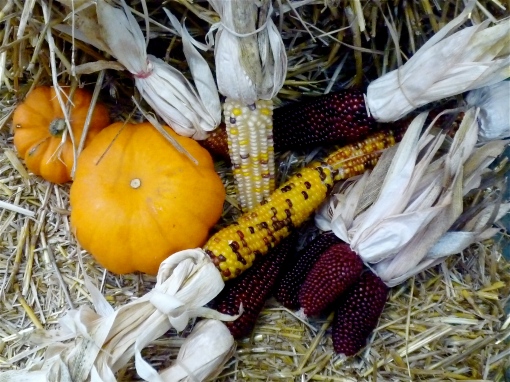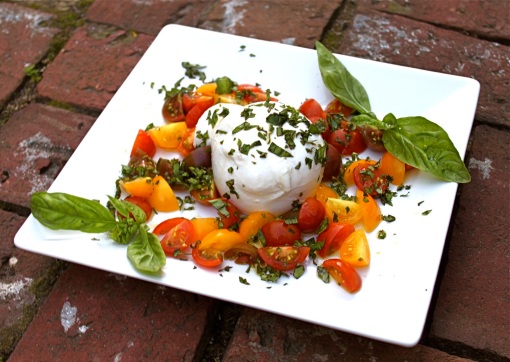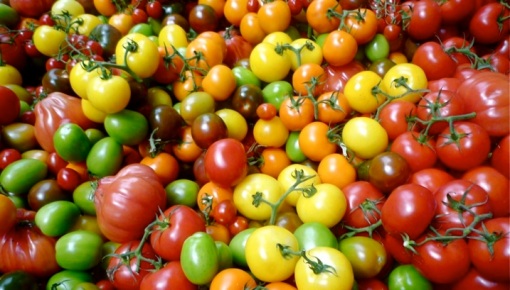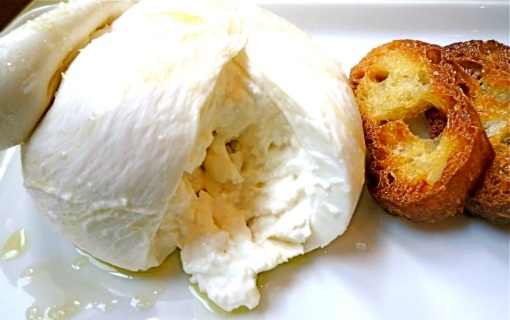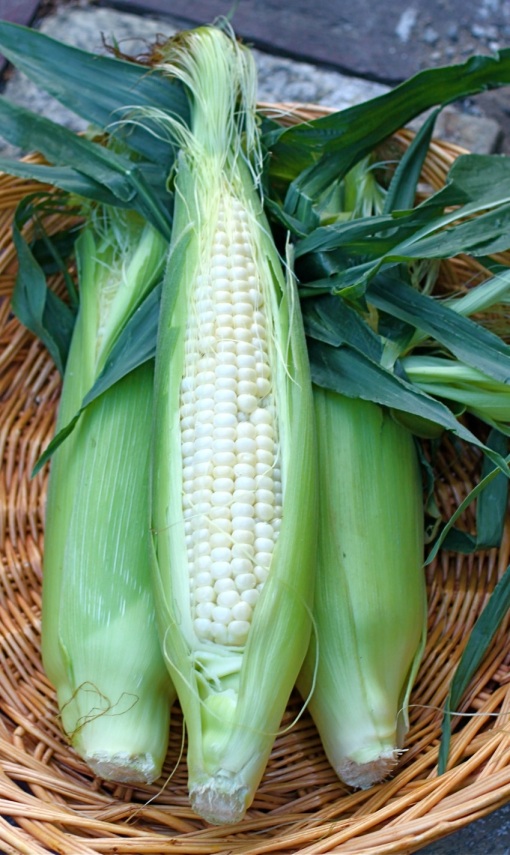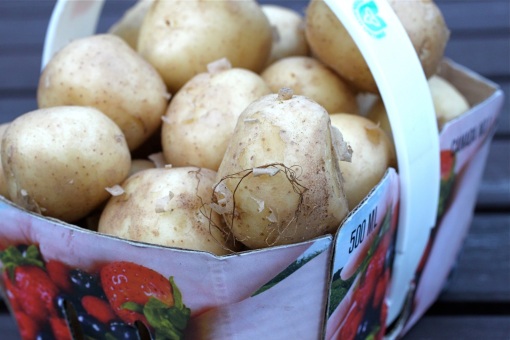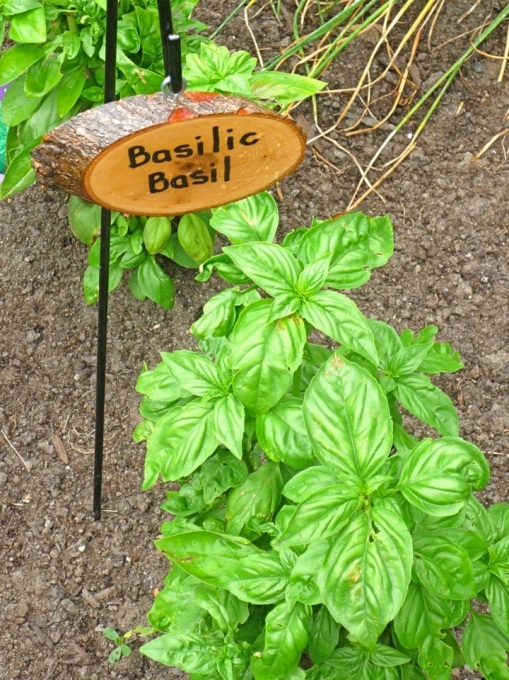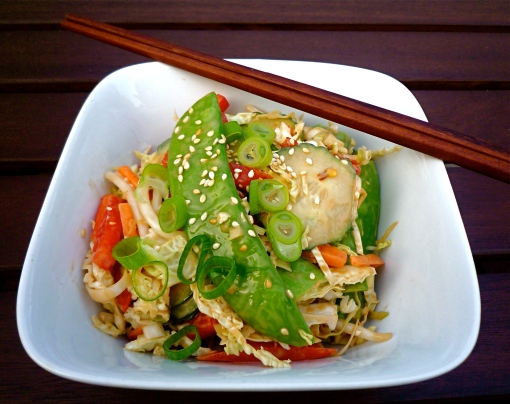We’re in the middle of the holiday season with all of its requisite parties, dinners and general overindulgence. However, sometimes in the midst of festive meals and a few too many cocktails, we start to crave something a bit lighter. Sablefish with Caramelized Fennel and Cherry Tomatoes is just the dish to serve: it’s on the lighter side but is still packed with lots of flavour.
What is Sablefish?
Sablefish is also commonly known as black cod, butterfish and sable. It is a mild, buttery white fish, typically caught in the North Pacific Ocean off British Columbia and Alaska. According to The Monterey Bay Aquarium and their Canadian counterpart, SeaChoice.org, sablefish is considered a ‘Best Choice’ for sustainability, meaning that stocks are abundant and well managed.
Sablefish with Caramelized Fennel and Cherry Tomatoes
Makes 4 servings
- 4 sablefish (black cod) fillets weighing about 4 oz. (113 grams) each
- 2 Tablespoons olive oil
- 1 cup thinly sliced fennel (white part), sliced about 1/4“ thick
- 12 large cherry tomatoes, halved
- ½ cup dry white wine
- ½ clove garlic, minced
- 2 sprigs of thyme
- 1 teaspoon lemon juice
- Salt and pepper, to taste
- Fennel fronds for garnish (optional)
For Crumb Topping:
- ¾ cup breadcrumbs made from fresh bread (about 1 thick slice of bread)
- 2 teaspoons olive oil
- 1 teaspoon finely chopped fresh thyme
- ½ teaspoon fennel seeds, crushed (use a mortar and pestle or the side of a large knife to crush them)
- A pinch of salt and pepper
- Prepare the Crumb Topping: In a small bowl, add the breadcrumbs, oil, chopped thyme, fennel seed, salt and pepper and stir together until all breadcrumbs are moist. Set aside.
- Sprinkle a pinch of salt and pepper evenly over the fish fillets and set aside. Preheat the oven broiler and move the rack to the top position.
- Heat a large ovenproof, non-stick skillet on medium heat and add 1 Tablespoon of olive oil. Add the fennel slices and sauté until they caramelize and turn a dark golden brown, about 14 minutes. Be sure to stir the fennel around so it doesn’t burn and remove any pieces that brown quickly.
- Once the fennel has caramelized, remove from the skillet and set aside on a plate. Return the skillet to the burner and turn heat to medium-high. Heat the remaining olive oil and place the sablefish fillets in the pan, skin side down.
- Reduce the heat to medium and cook the fish for two minutes. Carefully turn the fillets over and cook for another two minutes.
- Turn the fish once again, so the skin side is down. Add the cherry tomatoes, wine, garlic, thyme and lemon juice and cook for another 2-1/2 to 3 minutes or until the fillets are almost fully cooked through. Return the cooked fennel to the pan.
- Press a couple of spoonfuls of the breadcrumb mixture onto the top of each of the fillets. Place the skillet with the fish under the oven broiler, watching very carefully, until the crumbs turn golden and crisp, about one minute.
- To serve: Divide the caramelized fennel and tomatoes between four servings and mound in the centre of each plate. Place a piece of the sablefish on each portion of fennel/tomatoes and spoon the pan sauce over the fish.
- Garnish with a sprig of fennel frond, if desired, and serve immediately.
Bon Appétit and Enjoy!
Get updates from The Seasonal Gourmet on Facebook and Twitter. Join the conversation today!
Copyright Trish Coleman. Please contact the author to obtain permission for republication.
This article first appeared on Suite 101.com.






